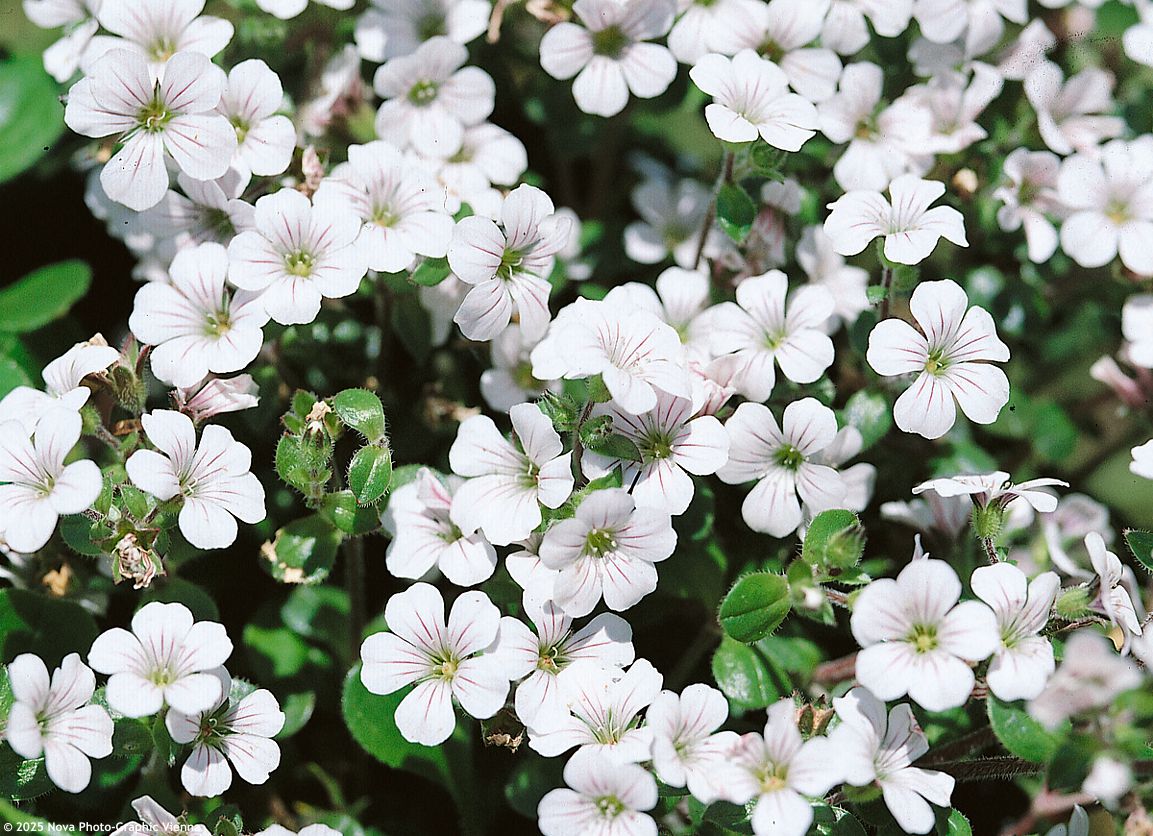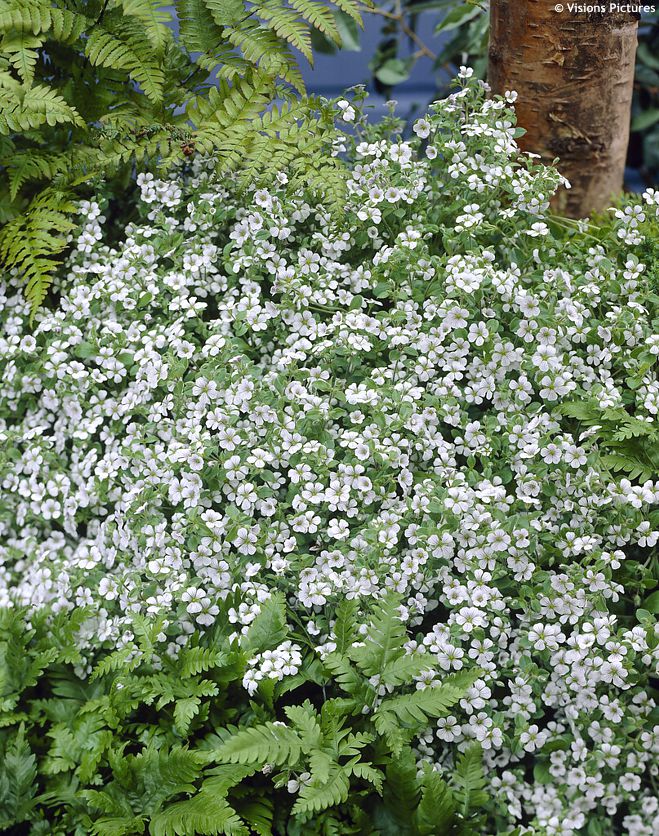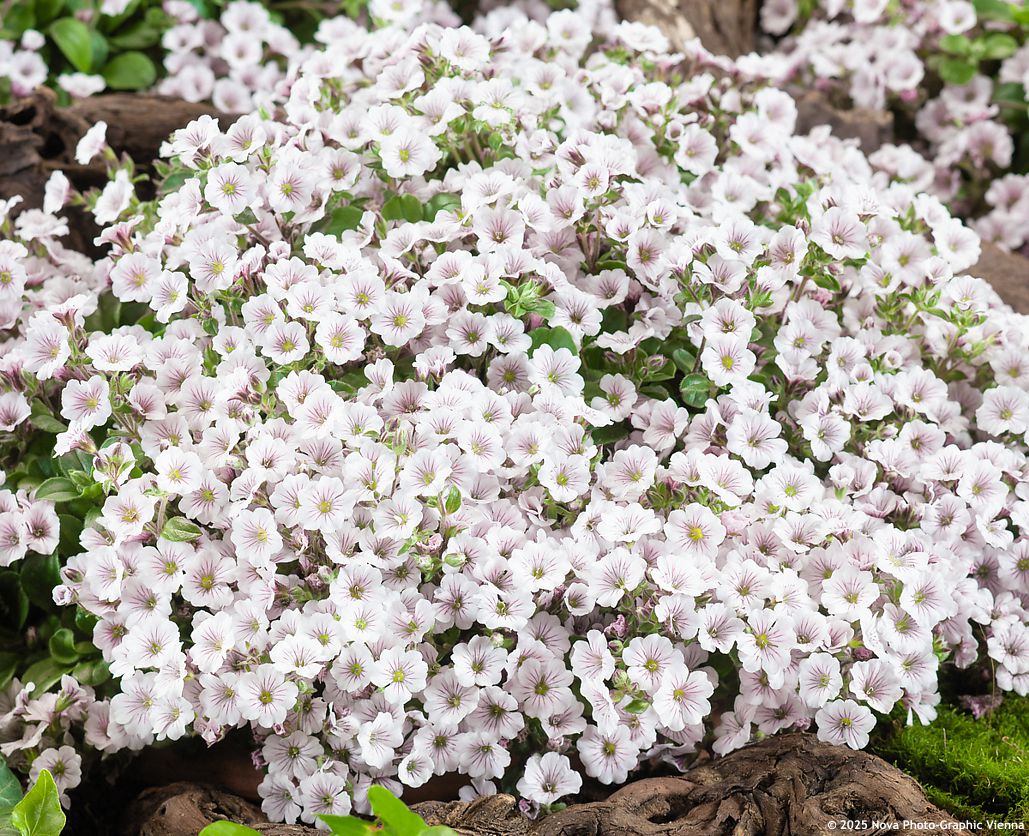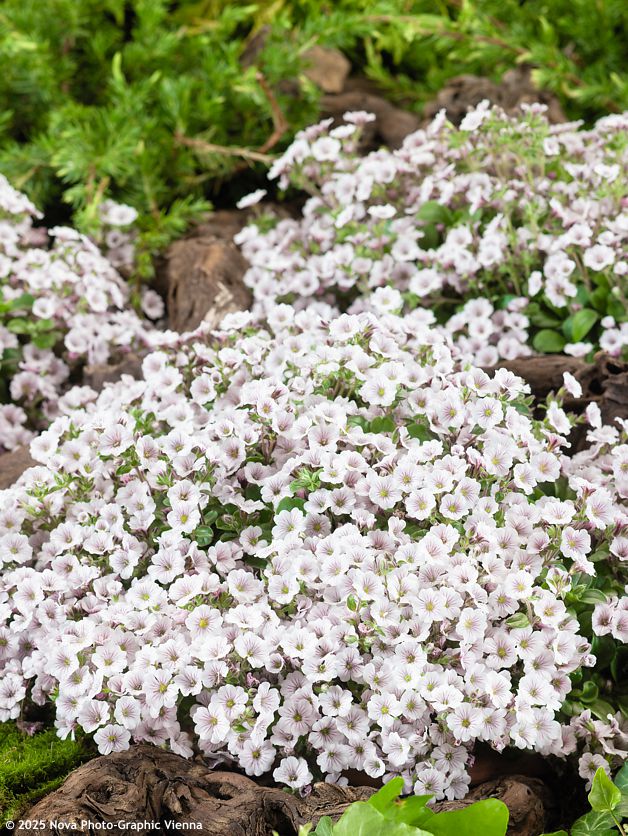Gypsophila cerastioides Mouse-ear gypsophila, Alpine baby’s breath
Gypsophila
Gypsophila cerastioides, commonly known as Himalayan baby's breath, is a small but remarkably charming member of the carnation family, native to the high-altitude regions of the Himalayas. It thrives on rocky slopes in Nepal, Bhutan, and northern India, often found above 3000 meters, nestled between stones like a hidden treasure. The genus Gypsophila, best known for the popular florist’s species Gypsophila paniculata, includes over a hundred species, but cerastioides stands out for its alpine modesty and surprising resilience. The plant was first described in the 19th century by Nathaniel Wallich (1786–1854), a Danish physician and botanist who worked extensively in India and contributed greatly to the documentation of its flora. The genus name Gypsophila comes from the Greek gypsos (gypsum) and philos (loving), referring to the lime-based soils favoured by some species. The species name cerastioides suggests a resemblance to Cerastium, another group of delicate alpine flowers with a similarly gentle appearance.
This little gypsophila made an unexpected debut on the big stage in 2025, when it was featured at the prestigious Chelsea Flower Show. The Alpine Garden Society included it in their alpine trough display, where it added a touch of softness and mountain charm to the composition. Although another plant took centre stage, Gypsophila cerastioides quietly stole hearts with its subtle beauty. The exhibit earned a silver-gilt medal and was selected for the “Editor’s Pick of the Pavilion,” sparking new interest among gardeners. It’s easy to see why – few plants manage to look so delicate while surviving in conditions that would defeat most others.
When you look at this baby’s breath, it resembles a dainty alpine flower more than its robust florist cousins. Its blooms are perfectly symmetrical, as if cut from paper using the same stencil. They are small, white to pale pink, with fine veining that looks like a watercolour brushstroke. In parts of Tibet, it is affectionately called the “stone fairy,” as it grows directly from crevices between rocks, where most plants would long have given up. Its growth is strictly ground-hugging, forming dense, uninterrupted mats without empty holes. Only during flowering does it gently rise above the foliage to reveal its blossoms. The leaves are oval to obovate, medium green, covered with tiny hairs but glossy, and evergreen. It flowers from late spring to early summer, with blooms appearing gradually, as if each one wants its own moment to shine. It’s not a plant that impresses with size, but its subtlety and intricate beauty make it a true gem for rock gardens.
In the garden, it’s best suited for rockeries, stone walls, or gravel beds, where its natural habit can shine. It pairs beautifully with low-growing sedums, thymes, pulsatillas, gentians, senecios, or soapworts, which provide contrasting colours. In modern naturalistic plantings, it serves as a gentle filler among bolder species, but in minimalist designs, it can easily take the spotlight. Its creeping habit also makes it ideal for softening the edges of rockeries and walls.
It’s not demanding in terms of care, but it does require well-drained soil – ideally with added gravel or sand. It loves full sun, dislikes waterlogging, but unlike typical drought-tolerant plants, it occasionally appreciates a light watering. It’s hardy down to -34 °C (USDA zone 4), making it suitable for cold climates. Surprisingly, it also performs well in containers, provided it gets plenty of sun, good drainage, and occasional gentle watering.
Last update 15-09-2025
Goods are shipped all over Europe. For Russia and U.K. and for further details please read about SHIPPING OPTIONS HERE.
Are you interested in a serious discount for orders NOV-FEB? Check your options here.
THE PRICES INCLUDE VAT of 15%. For quick conversion you can use 1 CZK = approx. 0.04 EUR
- STANDARD QUALITY - Plants of this group are 1st class quality with number of branches and overall density adequate to their size and age, considering they were container grown.
- DE LUXE QUALITY - This label guarantees a luxurious quality of manually selected plants that, compared to their height and age, are exceptionally dense and beautiful.
- EXTRA - These plants are usually mature and bigger specimens with exceptional overall appearance.
- STANDARD (as described in the plant form) means a tree with a trunk of 190-210 cm and a crown at the top, unless specified differently. The commercial size for trees is their girth measured in the height of 1m from ground.
- HOBBY - These plants are of the same quality as our standard-quality plants but younger and therefore cheaper.
- SHRUB - a woody plant with branches growing bushy from the ground level.
- HALF-STANDARD or MINI-STANDARD - a small tree with shorter trunk, its size is usually specified.
- FEATHERED - These are trees with branches growing already from the base of the trunk and up along the stem.
- GRASSES and PERENNIALS - Sizes given usually read the diameter of the pot or the clump, as specified.









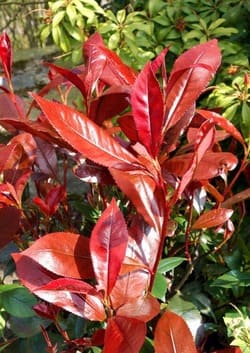
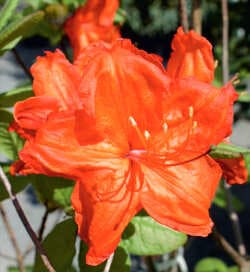

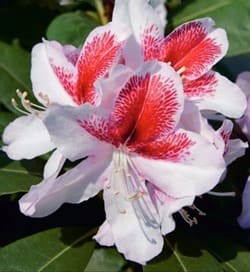


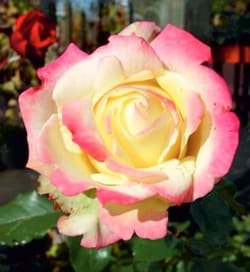
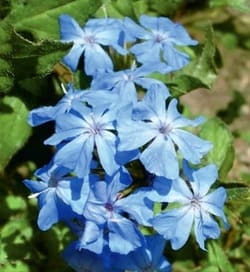
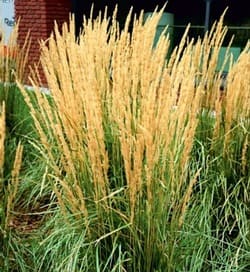
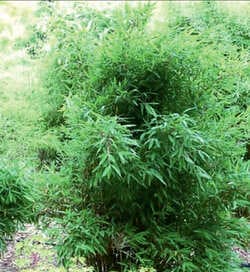

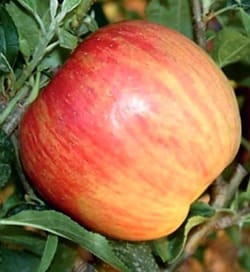
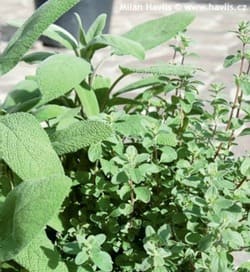
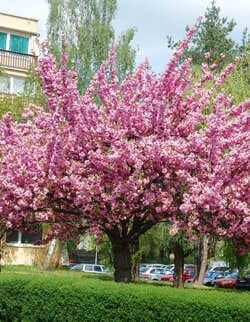
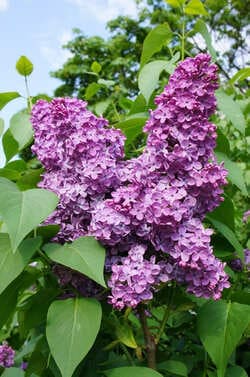
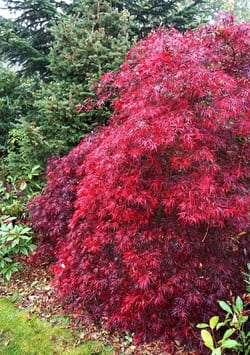
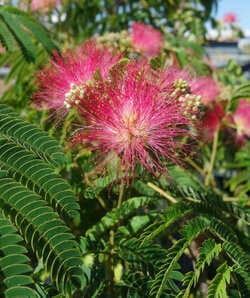
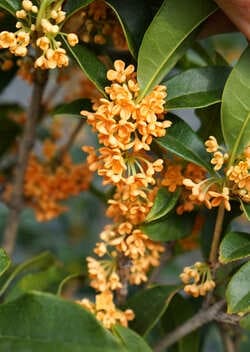



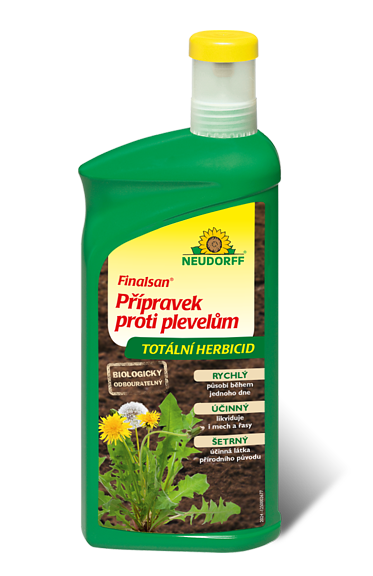


.jpg)
